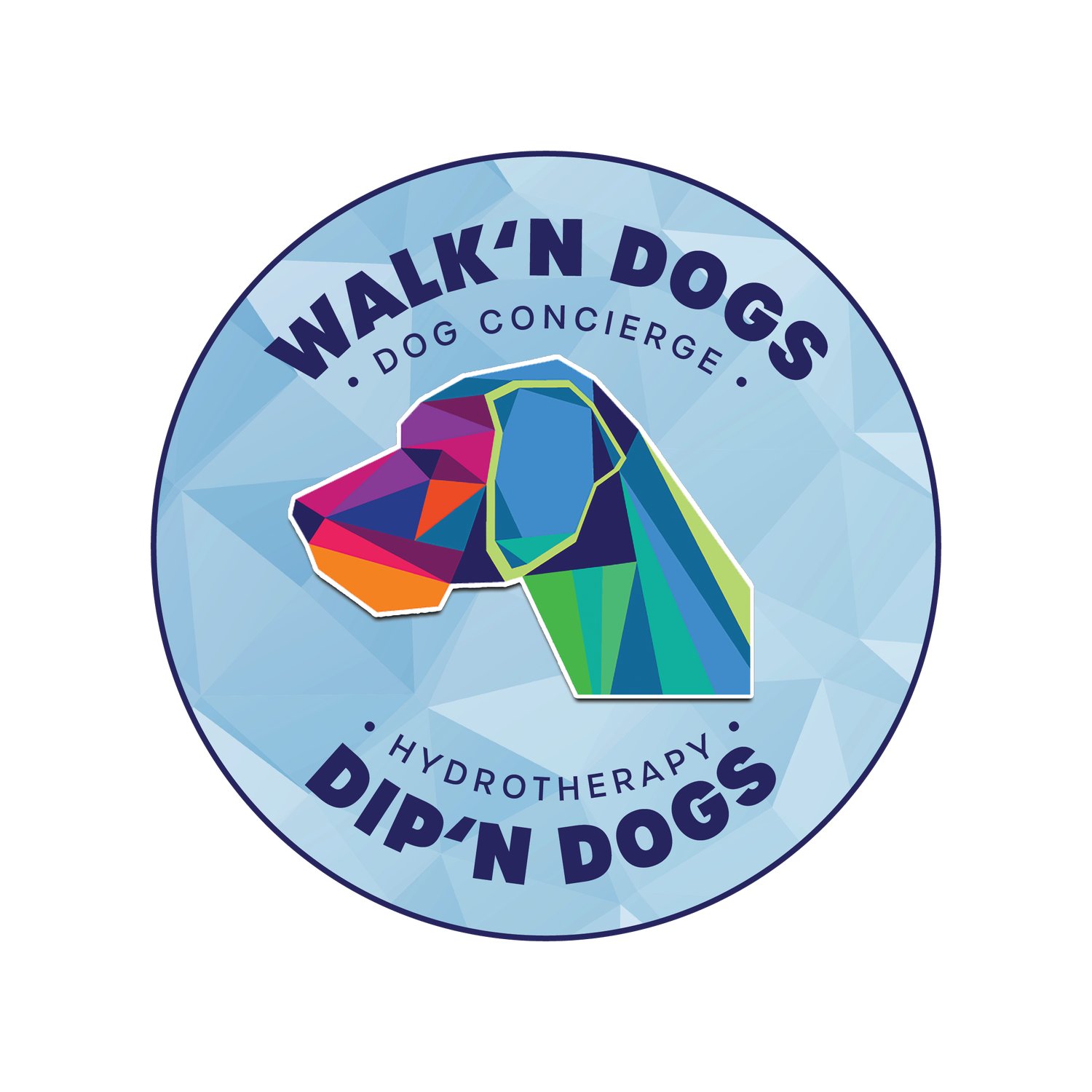Hydrotherapy for Canine Cardiac & Respiratory Health
Canine hydrotherapy has long been recognized for its therapeutic benefits, particularly in aiding physical rehabilitation and improving mobility. However, its potential impact on cardiac and respiratory health in dogs is an area gaining attention. In this blog, we'll explore how hydrotherapy can contribute to the well-being of dogs with cardiac and respiratory conditions, offering a gentle yet effective means of support for their health.
Understanding Cardiac & Respiratory Health in Dogs
Cardiac and respiratory issues in dogs can arise due to various factors, including congenital defects, aging, or underlying medical conditions. These conditions can significantly impact a dog's quality of life, leading to symptoms such as shortness of breath, fatigue, and decreased exercise tolerance. Managing these conditions often requires a multifaceted approach, including medication, lifestyle modifications, and in some cases, therapeutic interventions.
The Role of Canine Hydrotherapy
Canine hydrotherapy involves exercises performed in a controlled water environment, typically a specially designed pool or tank. The buoyancy and resistance of water provide a low-impact yet effective form of exercise, benefiting dogs with cardiac and respiratory issues in several ways:
Improved Circulation: Hydrotherapy stimulates circulation, aiding in the delivery of oxygen-rich blood to tissues throughout the body. Enhanced blood flow can support cardiac function and improve overall cardiovascular health in dogs with heart conditions.
Enhanced Lung Capacity: The gentle resistance of water encourages deeper breathing and lung expansion, helping to improve respiratory function. For dogs with conditions such as asthma or chronic bronchitis, hydrotherapy can promote better oxygen exchange and alleviate breathing difficulties.
Strengthening of Muscles: Hydrotherapy exercises engage a dog's muscles without putting excessive strain on their joints. This gradual strengthening of muscles, including those involved in respiration, can enhance respiratory efficiency and support cardiac function.
Stress Reduction: The calming effect of water can help reduce stress and anxiety in dogs, which is beneficial for overall cardiac and respiratory health. Reduced stress levels can contribute to better heart rate variability and respiratory patterns, promoting relaxation and well-being.
Weight Management: Maintaining a healthy weight is essential for dogs with cardiac and respiratory issues, as excess weight can exacerbate symptoms and strain the cardiovascular system. Hydrotherapy provides a low-impact form of exercise that supports weight management without placing undue stress on the dog's body.
Getting Started with Canine Hydrotherapy
Before starting hydrotherapy sessions, it's essential for dogs with cardiac or respiratory conditions to undergo a thorough evaluation by a veterinarian. This evaluation helps to assess the dog's overall health status, identify any contraindications, and determine the suitability of hydrotherapy as a treatment option.
Additionally, working with a certified hydrotherapist is crucial to designing a tailored exercise program that meets the dog's specific needs and limitations. The hydrotherapist will monitor the dog's progress closely, adjusting the intensity and duration of exercises as needed to maximize the therapeutic benefits while ensuring safety.
Canine hydrotherapy offers a holistic approach to supporting cardiac and respiratory health in dogs, providing gentle yet effective exercise in a controlled water environment. By improving circulation, enhancing lung capacity, strengthening muscles, reducing stress, and supporting weight management, hydrotherapy can play a valuable role in the management of cardiac and respiratory conditions in our beloved canine companions. As pet owners, exploring complementary therapies like hydrotherapy can contribute to the overall well-being and quality of life of our furry friends, helping them lead happier, healthier lives.

